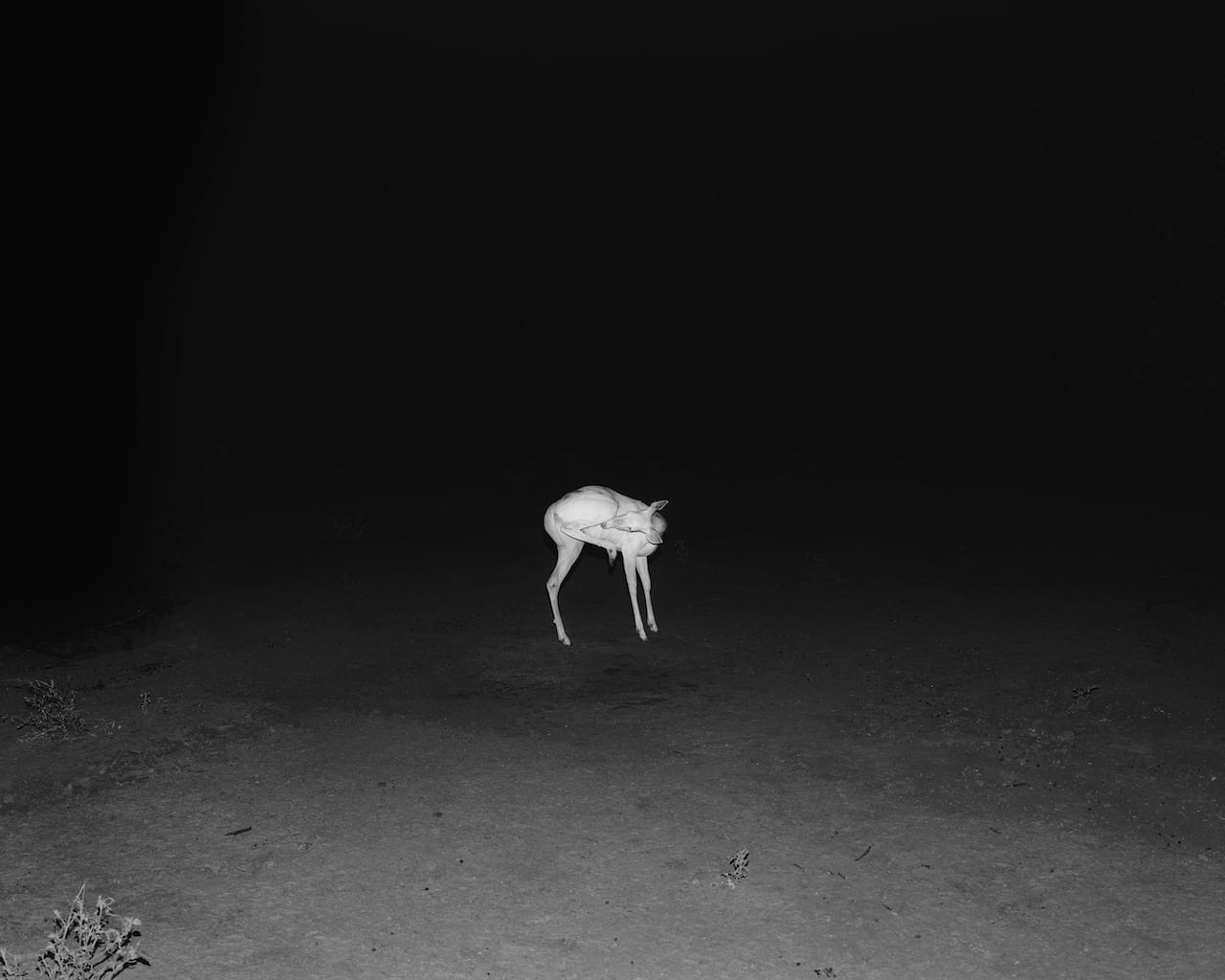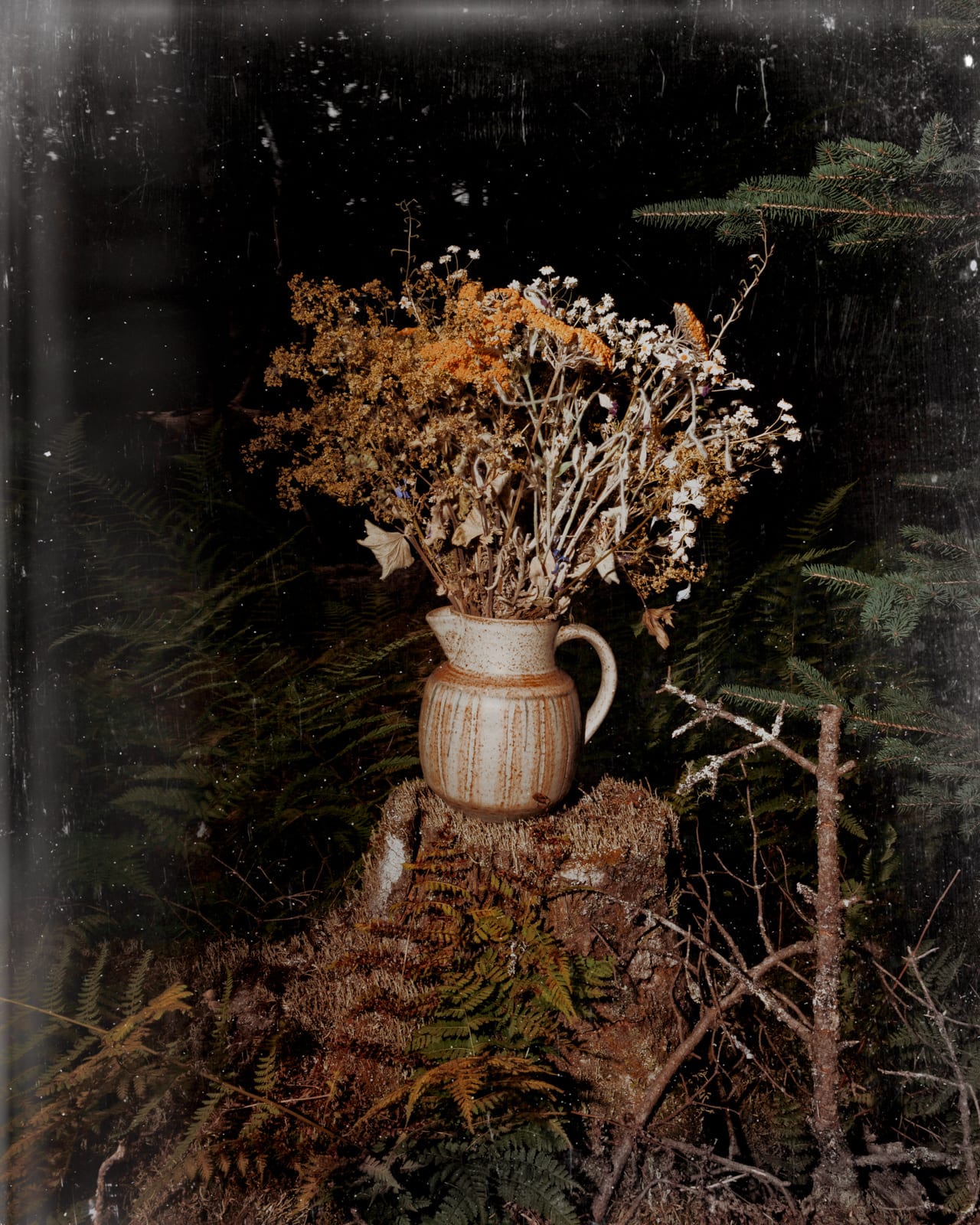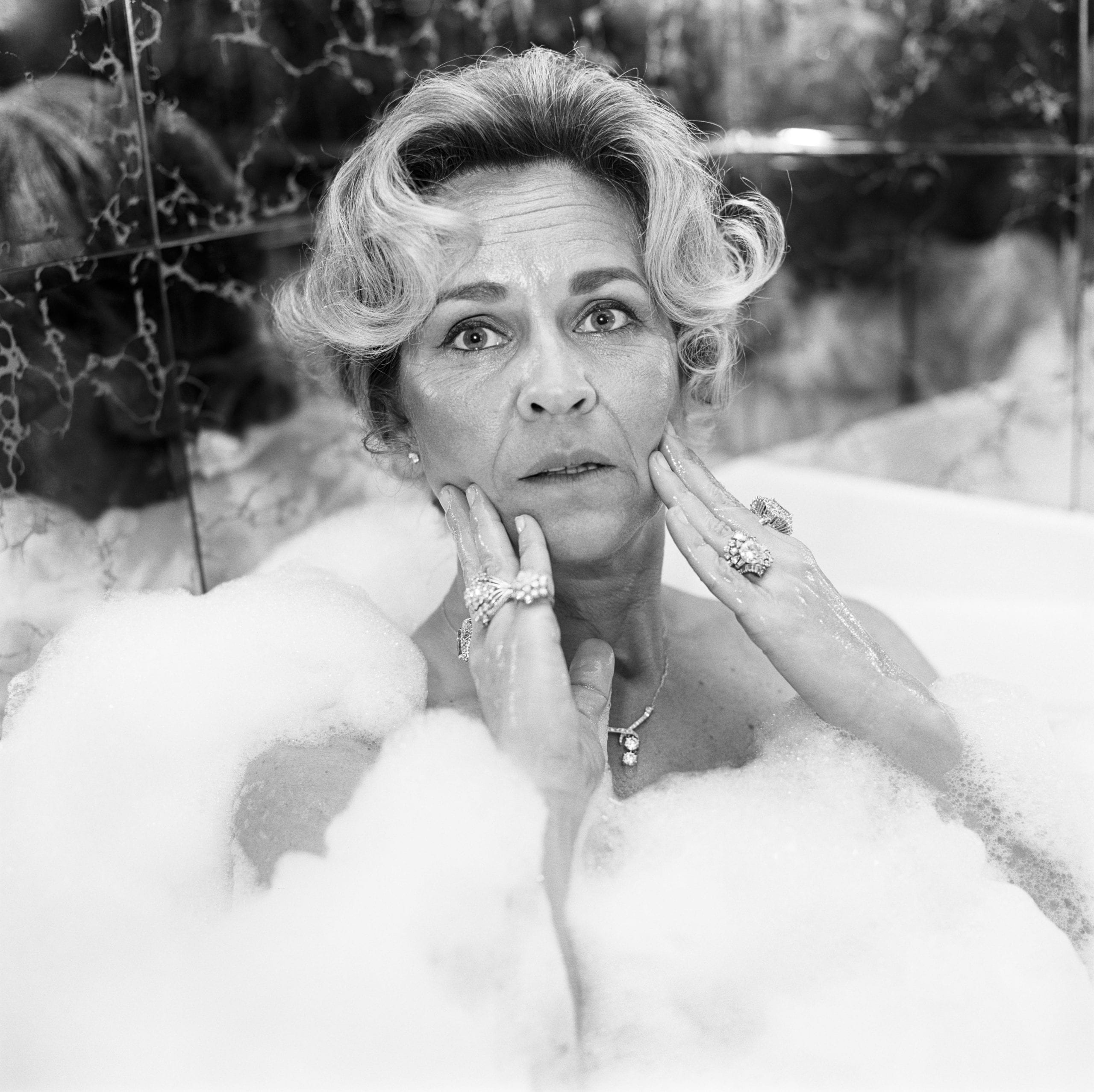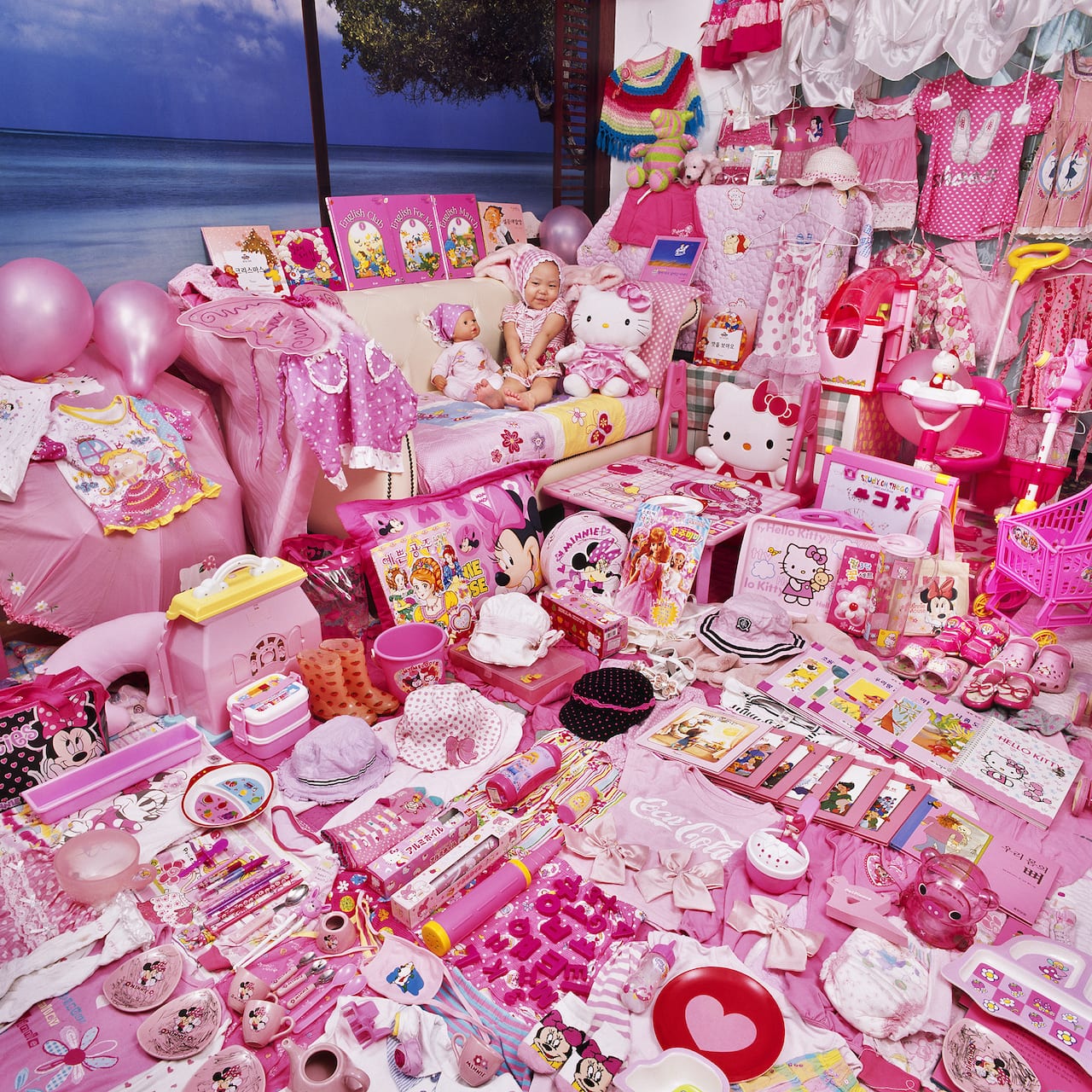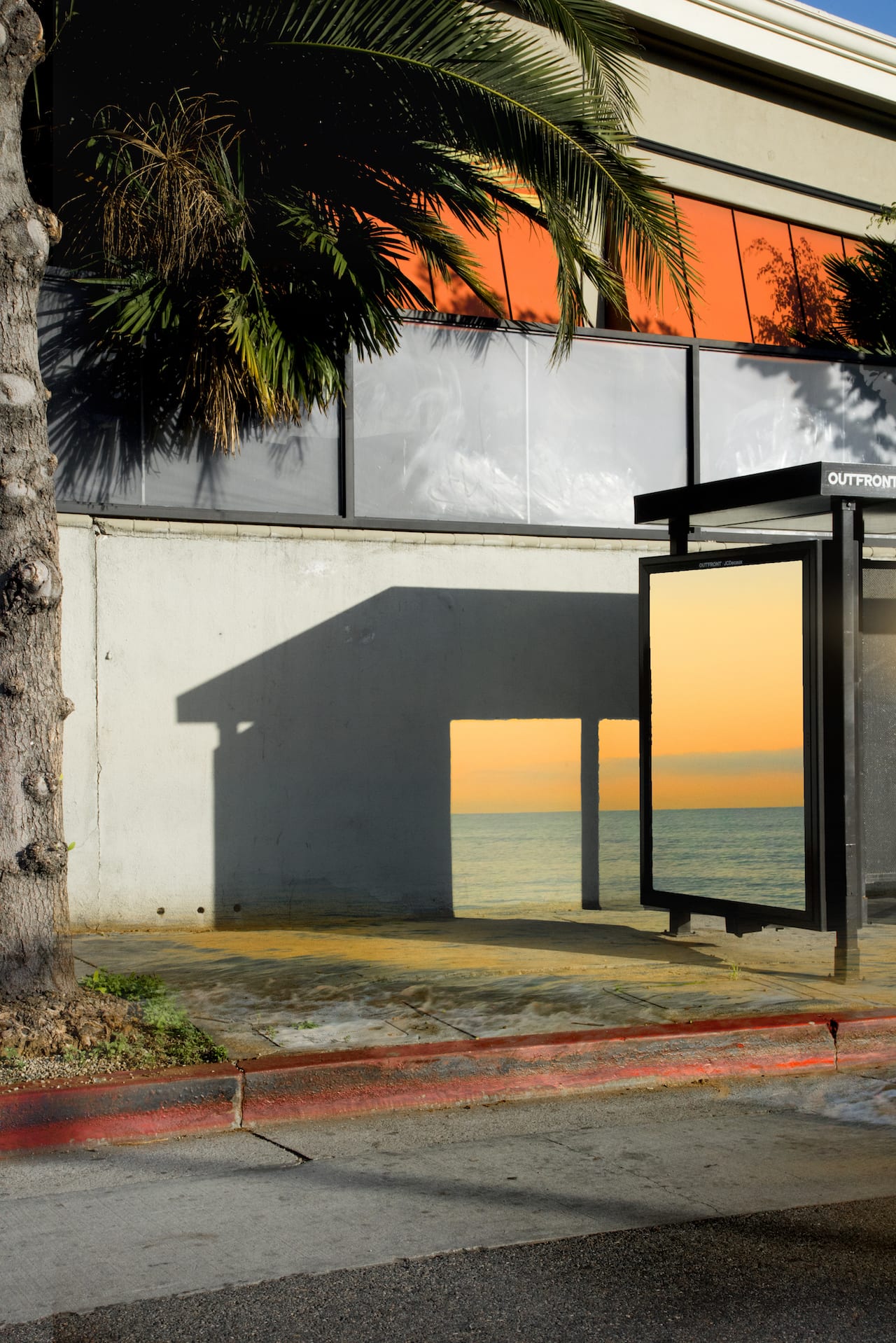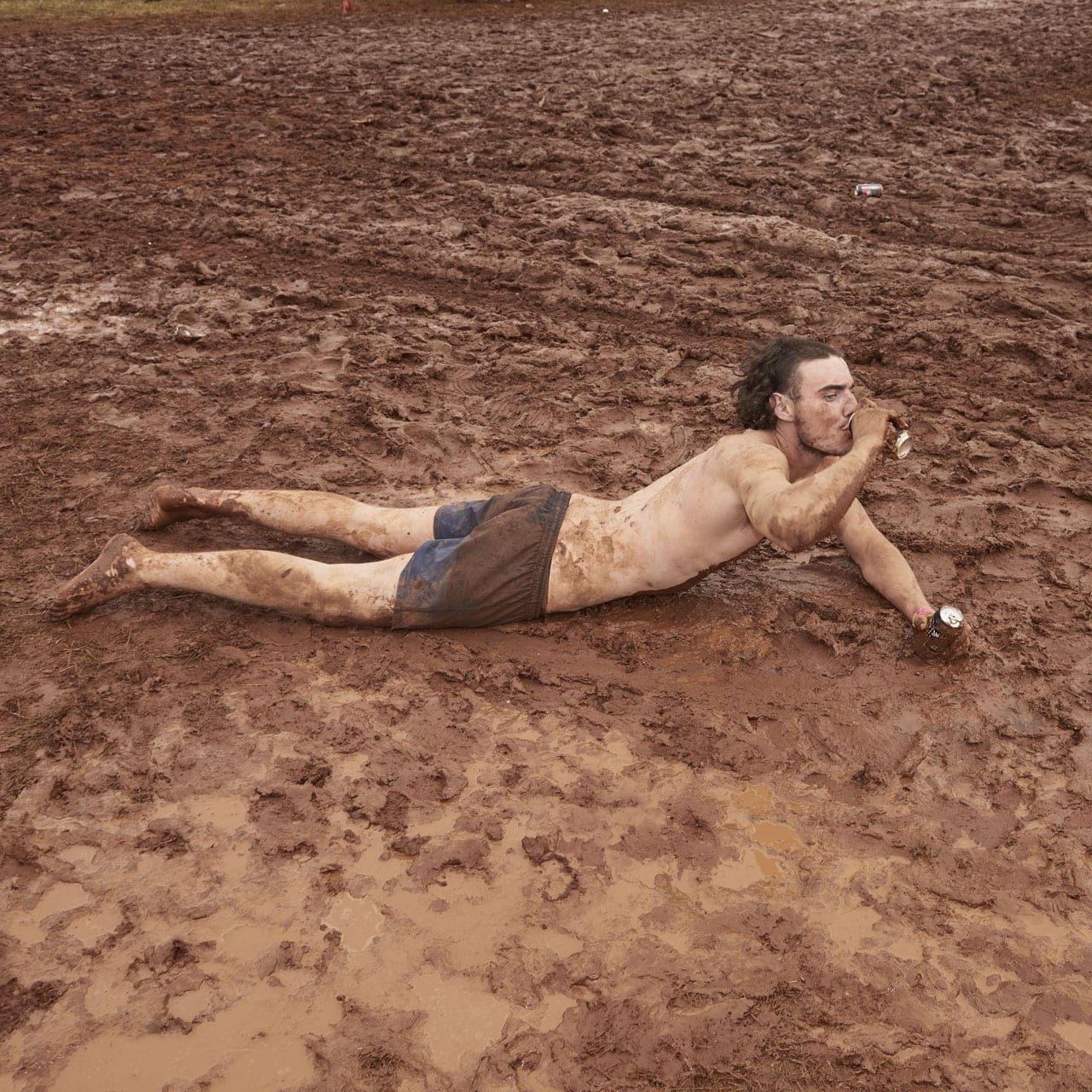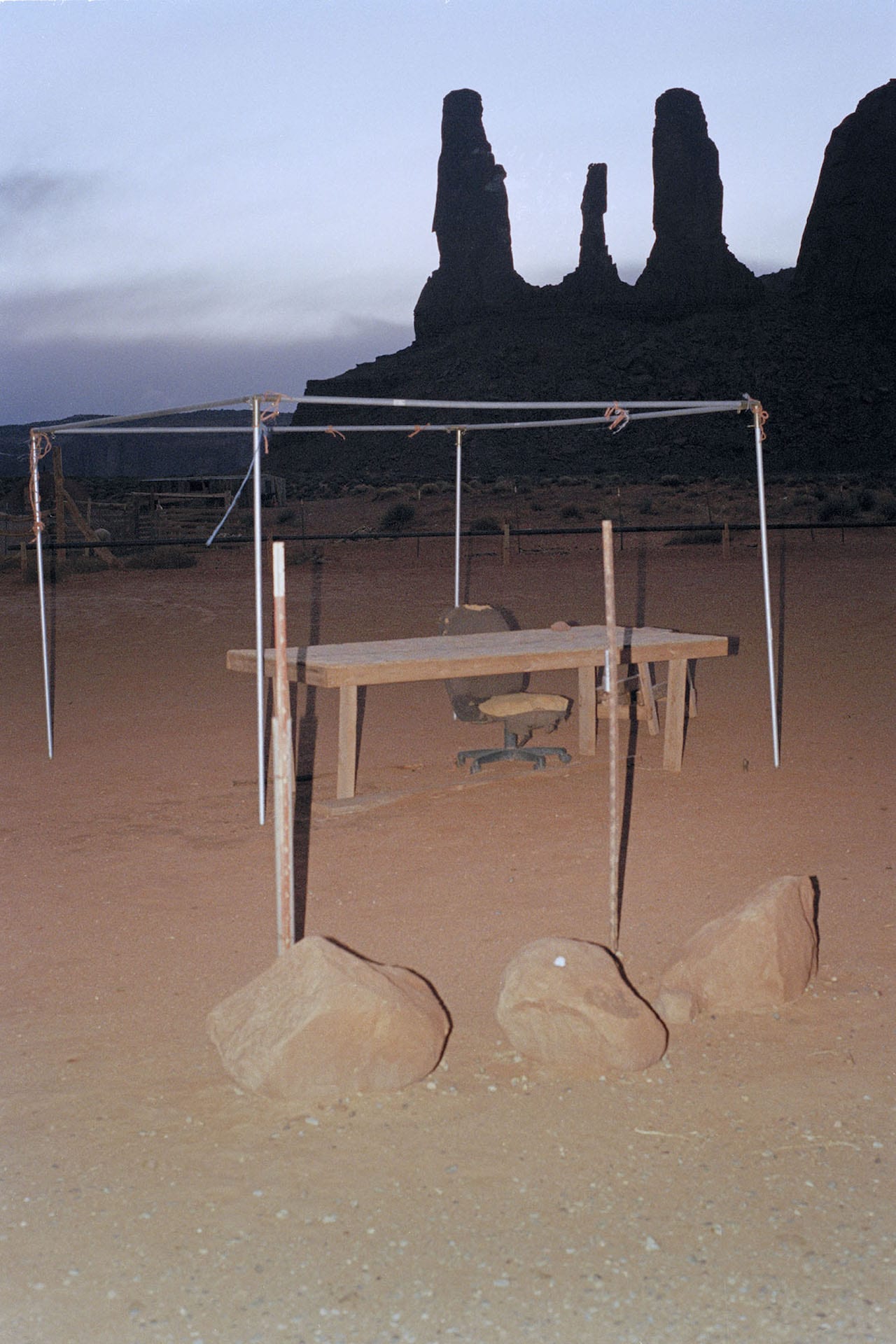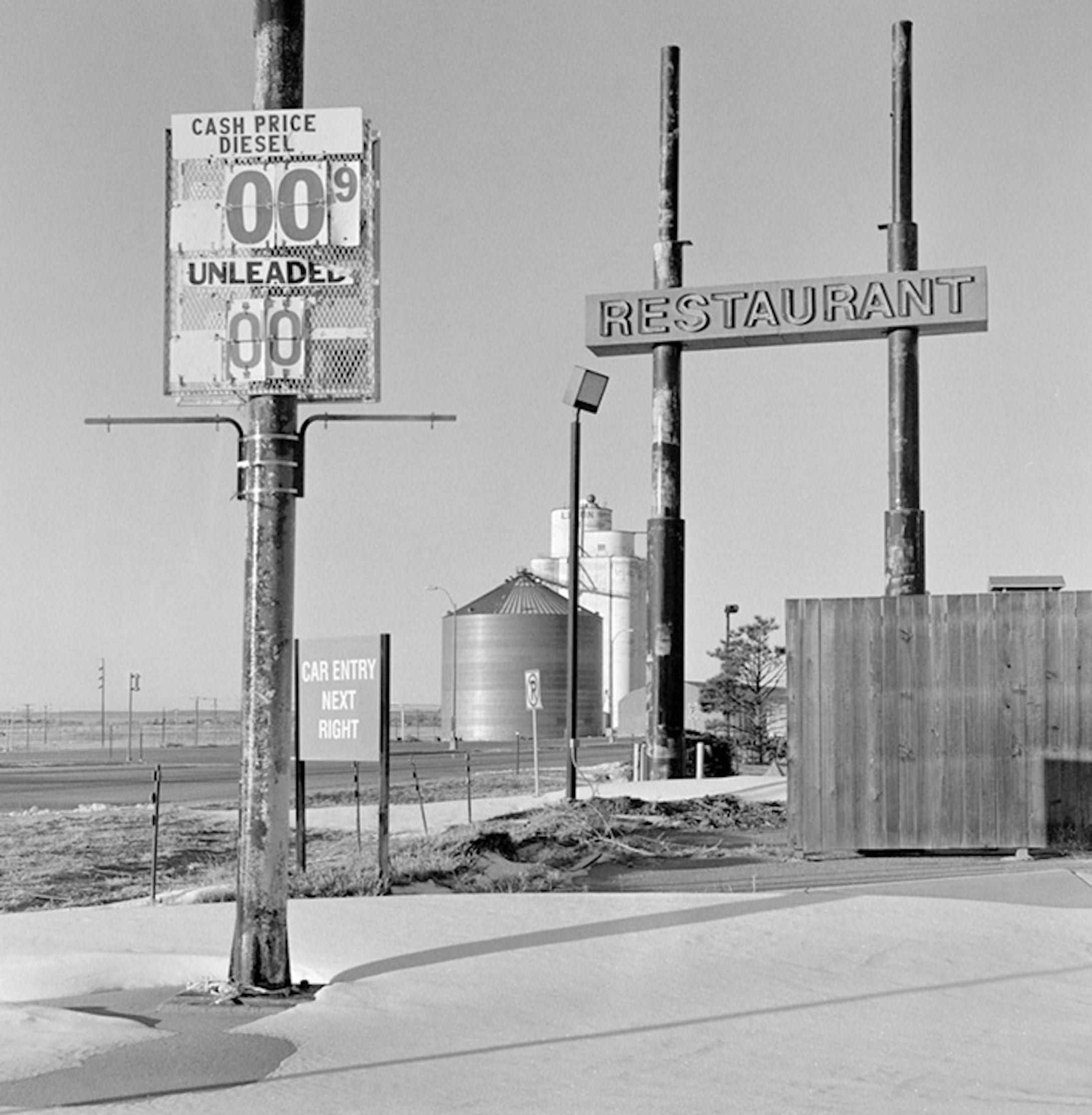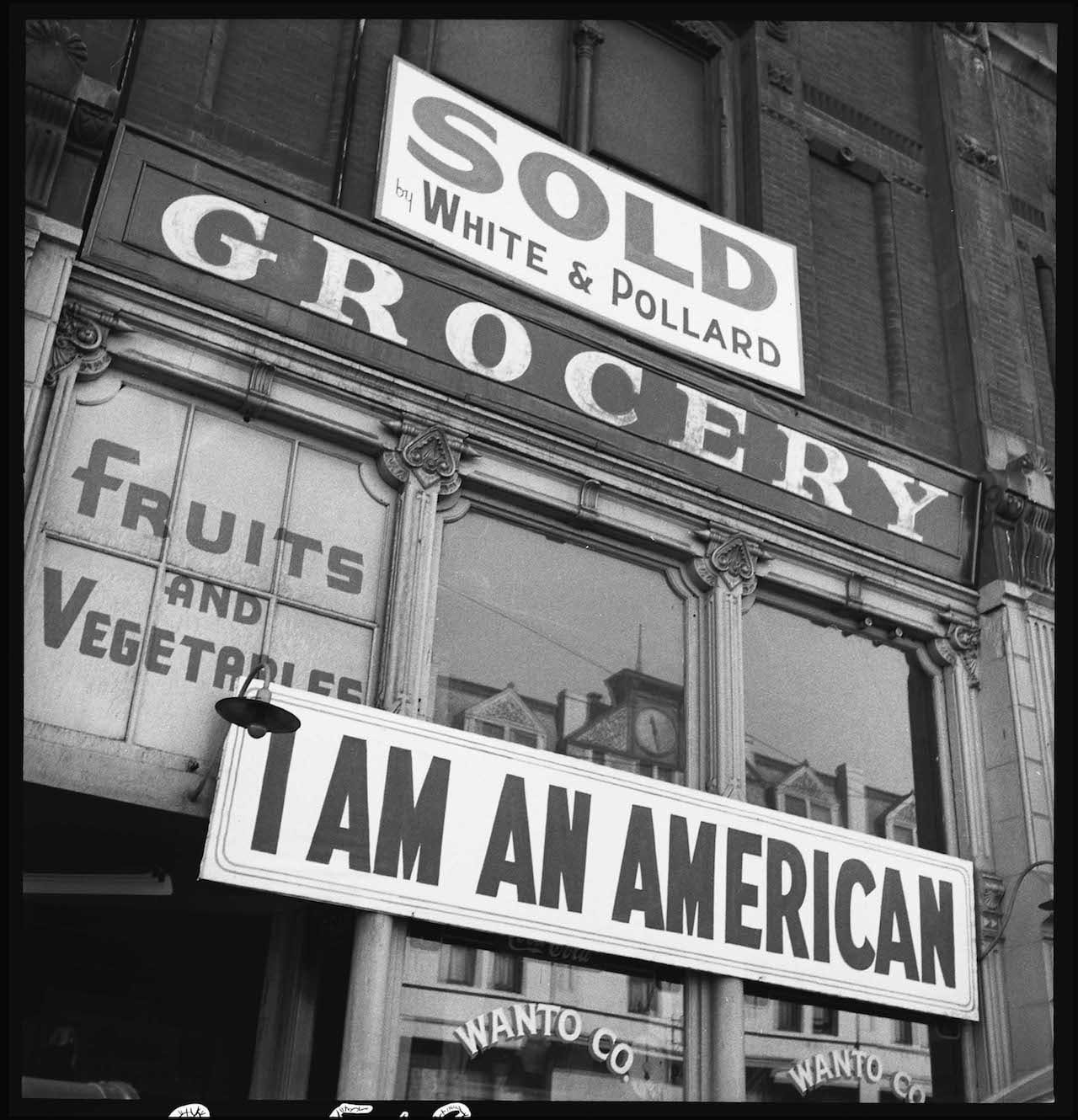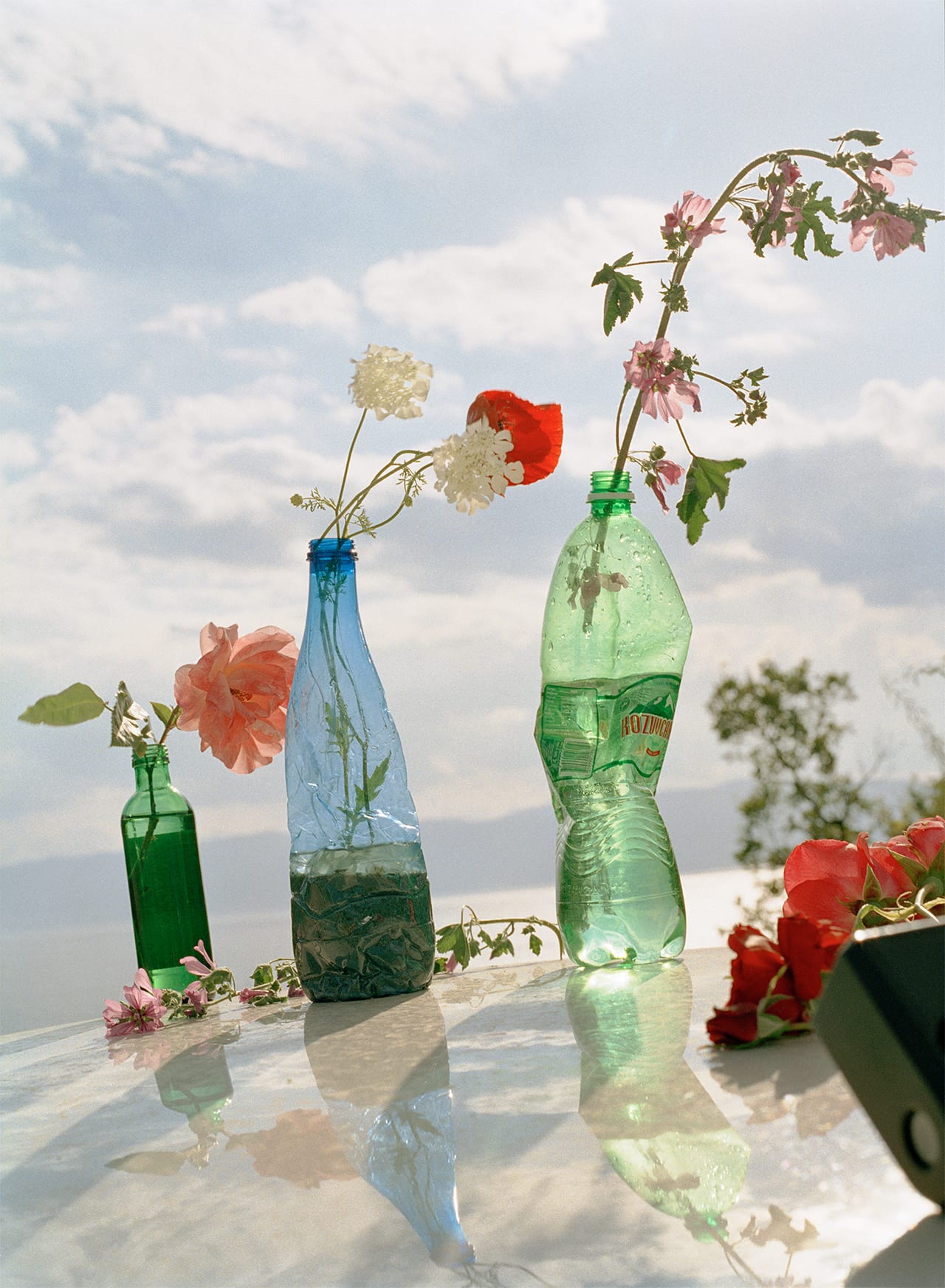Photographed in the forests and mountains of the Ozarks, Matthew Genitempo’s first book, Jasper, published by Twin Palms, is a poetic exploration of the American landscape and the people who seek peace within its grasp, filled with an emotional range that is hard to pin down. Completed as his graduate thesis for an MFA at the University of Hartford in Connecticut, it’s the first major project he’s fully completed, and a gear shift towards leading from his gut.
“I was making photographs of the American Southwest, and Jasper [named after the town in Arkansas where many of the pictures were made] began when I abandoned all that work,” he says from his home in the west Texas town of Marfa. “I had been making photographs that were preconceived, but I wanted to make pictures that were leading with my eyes and my instincts.

